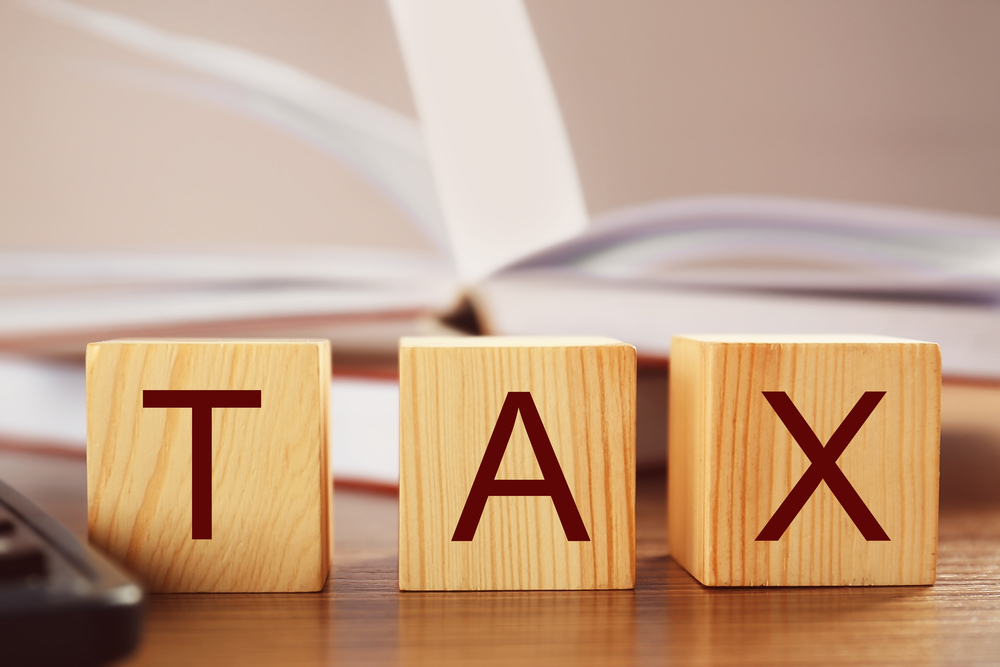Warnings – two pensions‐related changes
There are a couple of tax changes which might affect you. One should, in theory, already be in place, but the other will not apply until next year.(1) The money purchase allowance
The amount you can contribute to a pension once you have started drawing flexibly is set to be further reduced from £10,000 a year to £4,000 a year. The restriction, known as the money purchase annual allowance (MPAA), was due to come in on 6 April 2017 and would have reduced your (and/or your employer’s) ability to make future tax‐relieved pension saving.How it works
The MPAA only applies to contributions to money purchase or defined contribution schemes like personal pensions, when you have started to draw down an income from your pension fund. The MPAA input restriction isn’t triggered if you have only drawn the tax‐free lump sum, if you have only purchased a traditional annuity or if your pension income is taken from a defined benefit scheme.What next?
However, in late April the government withdrew the MPAA measure from the pre‐election Finance Act, along with a raft of other controversial clauses. The Treasury has indicated that the legislation will return after the election, although the timing of its introduction is still uncertain. Depending on the result of the election, the change might now take place from 6 April 2018 rather than retrospectively from the start of the current tax year. We will keep clients informed of post‐election developments.
(2) Self‐employed class 2 national insurance contributions
Self‐employed workers will not have to pay class 2 national insurance contributions (NICs) from 6 April 2018. If you are self‐employed, you might see this as a plus, but it could turn out to cost you an additional £592.80 a year (at current rates) if your profits are not high enough for you to pay class 4 NICs (or be deemed to pay them).How it works now
Currently, you can pay class 2 NICs at the rate of £148.20 a year on a voluntary basis if your profits are below a small profits threshold of £6,025, and you would do this in order to maintain your NIC record. This could be important because you now need at least 35 years of NI contributions (or credits) to qualify for the full amount of the new state pension.What next?
But from 6 April 2018, class 4 NICs will be restructured so that you will be deemed to have paid NICs (without any actual payment) where your profits fall between £5,876 and £8,164 a year (at current limits). However, if your profits fall below this level, the only way you can maintain your contribution record as a self‐employed person will be to pay the voluntary class 3 NICs, currently £741 a year – an increase of £592.80. However, the good news is that you will not be adversely affected if you qualify for NI credits, such as where you receive working tax credit, universal credit or have a child under 12.To discuss these in more detail, or to discuss any wider tax planning, please talk to us. T: 020 7376 9333 E: info@figurit.com






